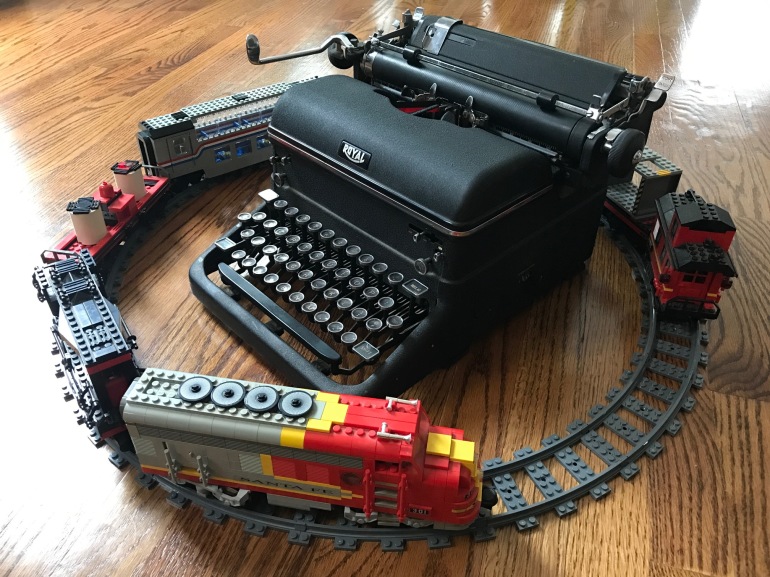A local gentleman contacted me recently via email about a Royal KMM. Jonathan had inherited his grandfather’s KMM and hoped to get it running.
Royal KMM


Royal KMM: Broken Things and Fixes
A local lady heard through the grapevine that I liked to tinker with old typewriters. K. had purchased a Royal KMM at a yard sale and was hoping to get it typing. I was glad to take on the project since it would be a distraction from my Twitter horror scrolling and my hand-wringing over the broken state of the world. She brought it over a couple weekends ago, and here it is on my porch on arrival:

A Royal Visitor
I temporarily fostered a Royal KMM from Moe’s shop – it cleaned up nicely. I blew out the insides, doused the internal mechanics with mineral spirits and repeated the blowout. I then lubricated the sticky rails and the tab system with a little PB B’laster and scrubbed the outside with Scrubbing Bubbles. Lastly, I threw a new ribbon in her.

Another Foster Royal
I have been a bit under the weather since the holidays – some kind of feverish fluey-kablooey, but I stirred myself when a comment came in from my last blog post. The commenter told me that someone had put Baby Blue on eBay. Not only that, Baby Blue sold!